
views
X
Trustworthy Source
Mayo Clinic
Educational website from one of the world's leading hospitals
Go to source
Milk thistle seeds are also edible. It's simple to use milk thistle as a medicine or a food, though you should always consult your doctor before beginning any herbal regimen.
Using Milk Thistle as a Supplement

Talk to your doctor before beginning a milk thistle supplement regimen. It's important that you always consult with a medical professional before taking any herbal supplements. Your doctor can also discuss any possible side effects and drug interactions with you. The scientific evidence behind many of the medicinal uses of milk thistle is still inconclusive. Further studies, especially in human rather than animal populations, are needed. However, it is generally safe to use milk thistle when taken in appropriate doses, and it could be beneficial.
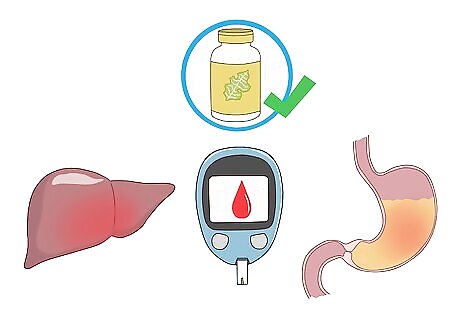
Take milk thistle extract for liver disease, diabetes, dyspepsia, and more. Research shows that milk thistle might lower blood pressure in people with type 2 diabetes. In combination with other supplements, it might improve the symptoms of indigestion. Silymarin, a flavonoid in the plant with antioxidant properties, could also help treat liver diseases and prevent liver damage. If you're using milk thistle to detoxify your liver, be sure to cut out things like alcohol, anti-inflammatories, and any other substances that might pass to your liver. Research also suggests that milk thistle could potentially protect brain functioning, stimulate bone mineralization, improve the effects of some cancer treatments, boost milk production in lactating women, and decrease acne lesions. Silibinin, which is derived from milk thistle, seems to help treat Amanita (death cap) mushroom poisoning by preventing the amatoxins from reaching your liver and damaging it. If you suspect mushroom poisoning, go immediately to your nearest hospital.
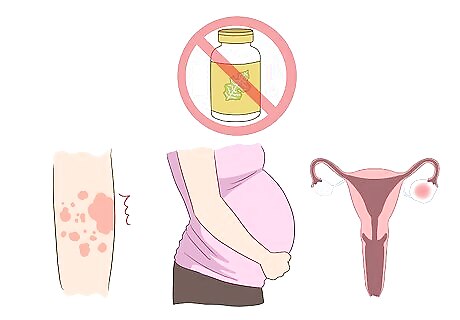
Don't take milk thistle if you're allergic to it, pregnant, or hormone-sensitive. Milk thistle might not be safe for everybody. In certain situations, you shouldn't take this supplement. If you're allergic to other plants in the asteraceae family, such as ragweed, daisies, marigolds, and chrysanthemums, you're more likely to be allergic to milk thistle. There isn't data on whether or not milk thistle is safe for pregnant women to take, so the safest course is to avoid it during pregnancy. Milk thistle might have estrogenic effects. If you have an estrogen-sensitive condition, including breast cancer, uterine cancer, ovarian cancer, endometriosis, or uterine fibroids, you should probably avoid taking milk thistle.

Be aware of possible interactions with other medicines. Taking milk thistle could affect P450 2C9 (CYP2C9) substrates and drugs that this enzyme processes, such as diazepam (Valium) and warfarin (Coumadin, Jantoven). Milk thistle might also reduce the effectiveness of the antibiotic metronidazole (Flagyl). Avoid taking them together. Milk thistle taken with the Hepatitis C medication simeprevir (Olysio) could increase the concentrations of the drug in your blood plasma. Avoid taking the two together. Taking milk thistle with the immunosuppressant sirolimus (Rapamune) could change the way that your body processes the medication.

Take about 420 milligrams (0.015 oz) of milk thistle extract per day. It's available at your local pharmacy or health supplement store in the form of capsules, powder, or liquid extract. A capsule should contain at least 70% of silymarin, the main active ingredient in milk thistle. Dosages may vary depending on the reason you're taking milk thistle, so always check the directions on the label and consult with your doctor before taking this supplement.

Watch out for any side effects. These could include gastrointestinal issues, such as nausea, diarrhea, and bloating, itchiness, or headache. However, milk thistle does not generally have many side effects. In studies where participants took high doses over long periods, only about 1% of people experienced any. Check with your doctor before discontinuing any medicine. Report any side effects you're experiencing. In some cases, milk thistle can cause an allergic reaction, including anaphylactic shock. If you're having trouble breathing, call 911 and get to your nearest hospital immediately.

Monitor your blood sugar carefully if you're diabetic. Milk thistle can lower your blood sugar. This makes it potentially useful in treating diabetes, but could also put diabetic people at risk of low blood sugar. Watch your blood sugar levels closely. Milk thistle could also cause additive effects when taken with other diabetes medications.
Eating and Drinking Milk Thistle

Add whole, raw milk thistle seeds to salads for a healthy lunch. Milk thistle seeds taste oily, sweet, and bitter all at the same time. They might be an acquired taste for some people, but they aren't unpleasant. Sprinkle about 14.3 g (1 tablespoon) of them on salads in addition to, or instead of, hemp, sesame, or flax seeds for a boost of flavor and nutrition.
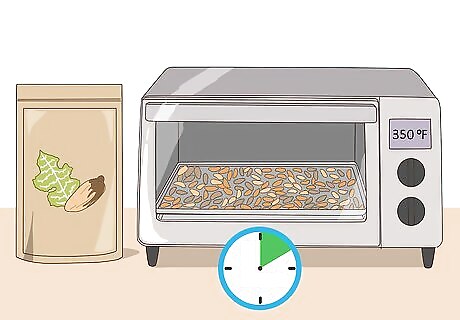
Toast milk thistle seeds in the oven for a crispy, nutritious snack. Preheat the oven to 350 °F (177 °C). Put the seeds in a single layer on an ungreased, rimmed baking sheet. Bake them for 5 to 10 minutes, stirring the seeds once or twice to help them brown evenly. Remove them from the oven when they look golden brown. Toasted seeds can be refrigerated for 1 to 2 weeks or frozen for 1 to 3 months, as long as they're in an airtight container.
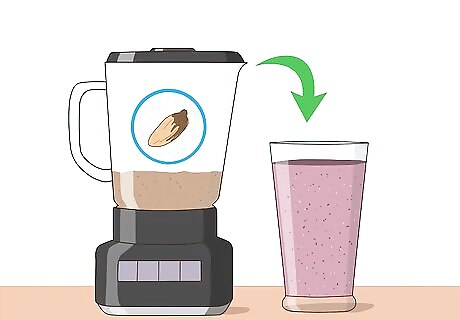
Grind up milk thistle seeds for your shake or smoothie. Put milk thistle seeds into a coffee grinder or blender and grind them up into a fine powder. Sprinkle the powdered seeds into smoothies, milkshakes, burger patties, or any other snack or meal. For a healthy, tasty breakfast smoothie, put 113.4 g (1/2 cup) of frozen blueberries, 1 large banana, 5 grams (1 teaspoon) each of Maca powder, powdered milk thistle seed, and chia seeds, 118 mL (1/2 cup) of water or nut milk, and a handful of fresh mint leaves into your blender and puree until smooth.
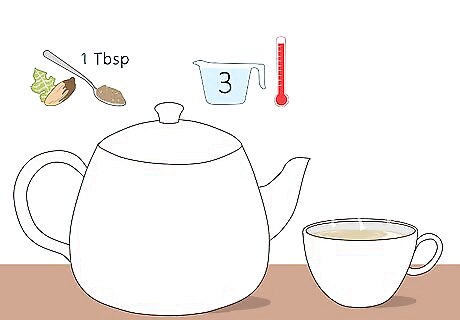
Drink milk thistle as a tea for its calming, cleansing properties. Buy pre-packaged milk thistle tea bags, or create your own tea at home. Crush milk thistle leaves and seeds with a mortar until they're finely powdered. Put 14.3 g (1 tablespoon) of crushed milk thistle in a teapot. Fill it with 675 mL (3 cups) of boiling water. Steep the infusion for about 20 minutes. Strain and drink about 3 cups (710 mL) of the tea per day. Add a little honey if the tea tastes bitter to you. Grind the seeds and leaves into a powder with a coffee grinder if you don't have a mortar.




















Comments
0 comment